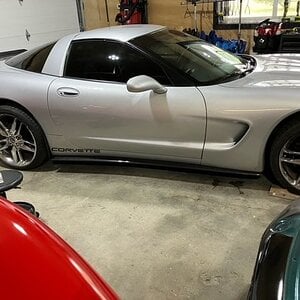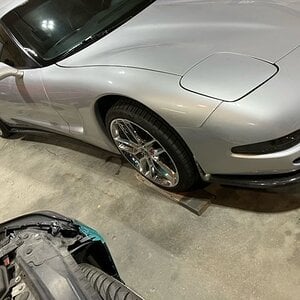I have a question about class d amps and the technology that they are today. Whe they first became popular in the late 90s/early 2000s they were strictly a high efficiency, low frequency, low sound quality amplifier that was suitable for subwoofer amplification only. I see now on sites selling class d amps that are a full frequency amp that is to be used on more than just subwoofer amplification.
My question is when the class d technology changed from the 'highly efficient, low frequency/low sound quality' subwoofer amp that it was in the late 90s/early 2000s to the full range amp suitable for full frequency speaker amplification that it is now??
Thanks!!
My question is when the class d technology changed from the 'highly efficient, low frequency/low sound quality' subwoofer amp that it was in the late 90s/early 2000s to the full range amp suitable for full frequency speaker amplification that it is now??
Thanks!!


